Watermelon, this ripe and red fruit brings peace in the heat of summer and quenches thirst. But Iranian traditions and old customs show that watermelon has been a companion of winter nights since ancient times. Watermelon pie is a staple of Yalda night, which is a celebration of saying goodbye to autumn and the beginning of winter.
As the Yalda night approaches, you may be wondering how to tell if a watermelon is ripe. Cutting a watermelon, slicing it and seeing that it is tasteless, makes you feel bad. In this article, we want to help you choose a ripe and sweet watermelon. Let those who haven’t read this article get tasteless, pale and unripe watermelons!
Watermelons do not ripen after being harvested, unlike many other fruits. In other words, you can’t buy watermelon and wait for it to ripen in the corner of the kitchen. While cantaloupes and other melons soften after a few days at room temperature, their sweetness depends on when they’re picked, not how soft they are in the kitchen corner. Here are eight tips to recognize when a watermelon is ripe, it doesn’t matter whether you bought it at the market or grew it in your own garden. The tips that will help you to distinguish a ripe watermelon from several watermelons are:
1. Look at the belly of the watermelon
Watermelons have an underside or belly that is in contact with the ground during growth, called the field point. This is the spot on a ripe yellow watermelon, sometimes called butter. If the color of this spot is white, it means that the watermelon is unripe.
2. Tap the watermelon rind
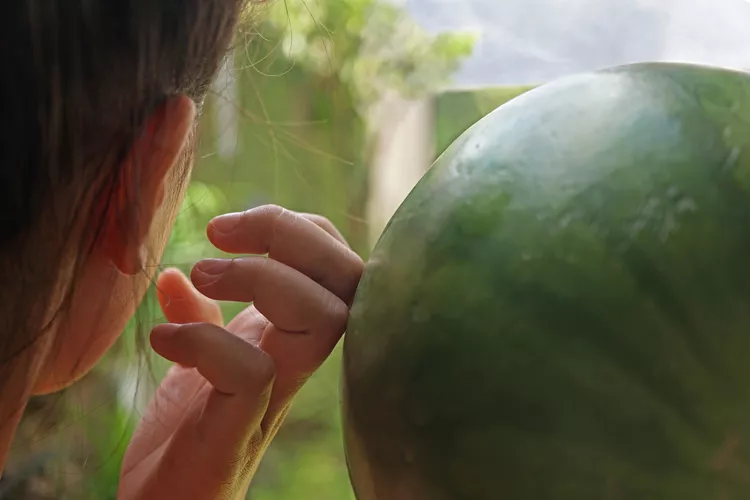
Using your knuckles, tap or tap the center of the watermelon with your finger. A ripe watermelon will sound hollow. An unripe watermelon will have a louder sound, while an overripe watermelon will have a low sound. It’s true that learning the difference between these sounds takes a little practice, but just knowing this point will help you choose a ripe watermelon. If you feel that you cannot tell the difference between these sounds, don’t worry. You can ask a watermelon farmer at your local market or a fruit shop manager to tap a watermelon for you to hear for yourself and then buy the watermelon.
3. Smell the watermelon
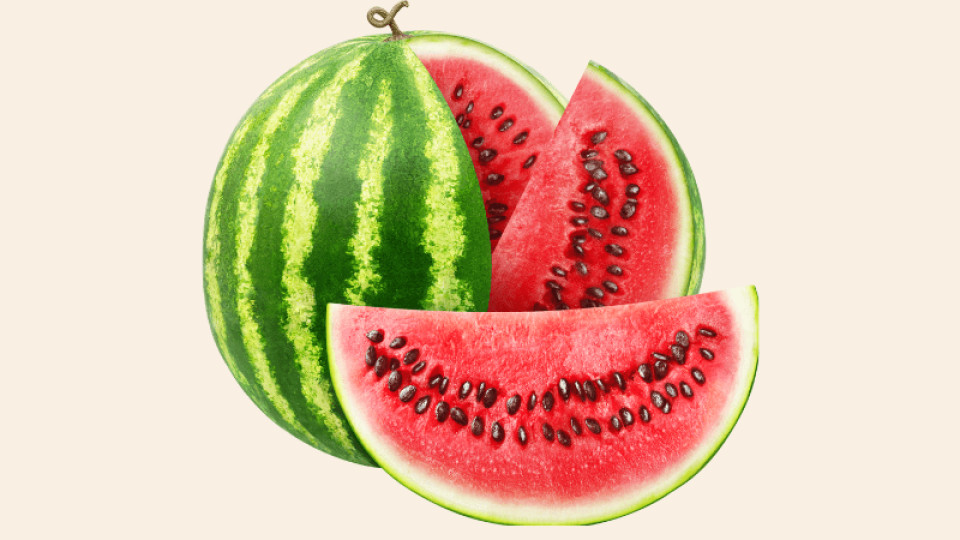
Take the watermelon, separate it from the other watermelons and smell it well. A ripe watermelon should smell slightly sweet. The smell of a ripe watermelon should be similar to the taste of a melon. If the watermelon smells too sweet, it may indicate that the watermelon is overripe.
4. Squeeze the watermelon

Carefully squeeze the sides of the watermelon to see if it is slightly flexible. Watermelon skin should not be soft. Watermelon skin is not like the skin of some other fruits that soften when ripe. On the other hand, the skin of a ripe watermelon should not be as hard as a rock.
5. Weigh the watermelon
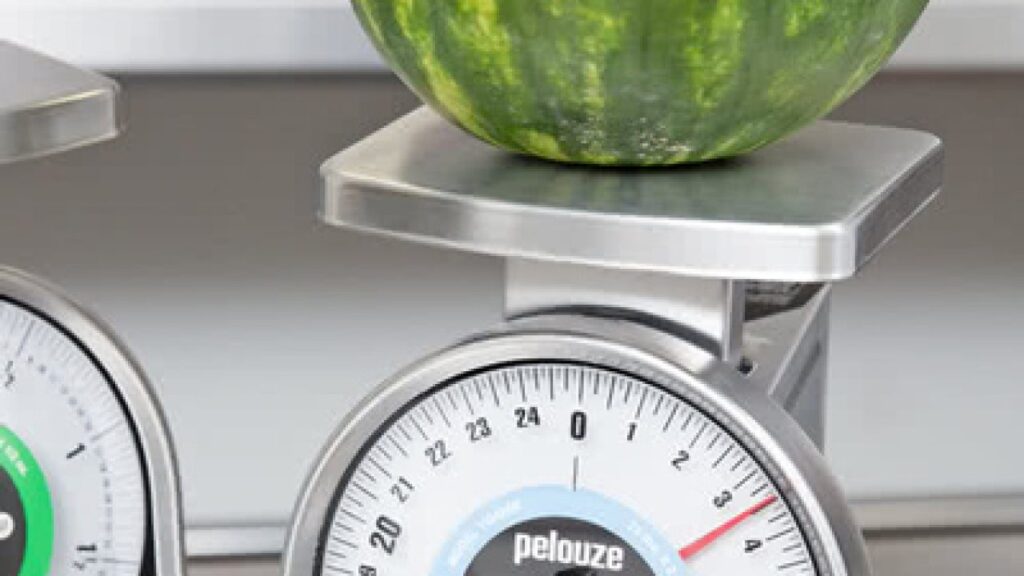
If through the tests above, you still can’t narrow down your choice between several watermelons, try comparing their weights and choosing the one that seems heavier. This test is not always 100% accurate, but it can be fairly reliable.
Have you planted peonies in the garden? Want to know when it will arrive approximately? Try the following methods:
6. Take a look at the calendar
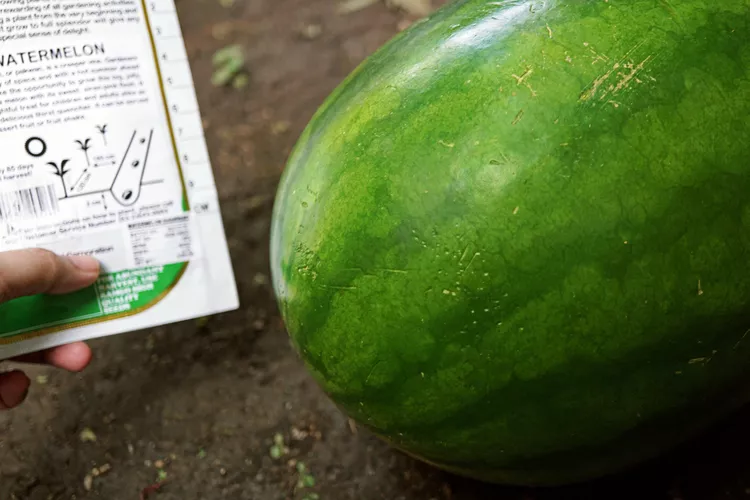
Have you saved your watermelon seed packets and written down the planting date? Most standard commercial varieties of watermelon will do well based on the seed package description, provided all other conditions are met: good soil, adequate irrigation, and no pest problems. A ripe watermelon of these varieties should be about the size listed on the seed packet, although this can vary greatly depending on your garden conditions.
7. Check the stem
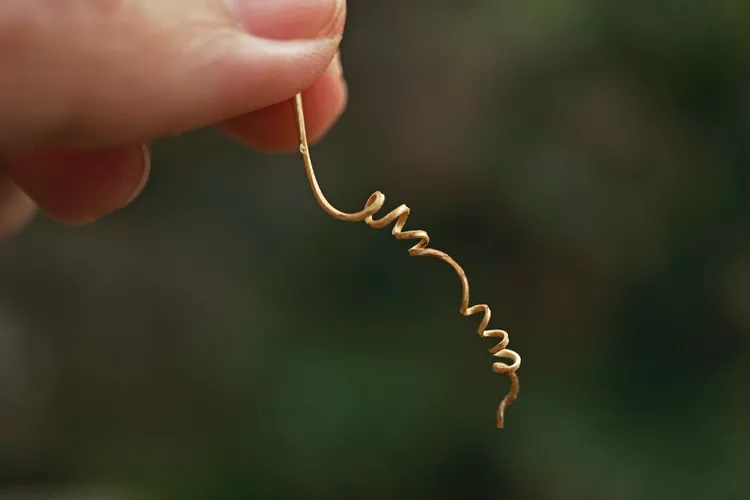
The leaves and stem should still look green and healthy, but on a ripe watermelon, the stem near the fruit will discolor and tend to turn brown. Moreover, it is evident that it is drying up. In other words, if the stem is still green, the watermelon is probably not fully ripe. If the entire stem and leaves turn brown, the watermelons are probably not ripe anymore and it’s best to harvest them before they spoil.
8. Look at the watermelon and tap again

Don’t actually pull the watermelon off the stem, but tap it as described above. A ripe watermelon has a distinct sound, and if all other indicators point to ripeness, the tap test is a good option.
Watermelons don’t come off the stem as easily as some other melons, but the end of the stem near the watermelon may slowly crack and turn brown as it ripens. Maybe this method seems a bit strange, but since some people use this method, we discussed it in this article.
Juicy watermelon: helper to get through the summer heat and a regular part of the Yalda table
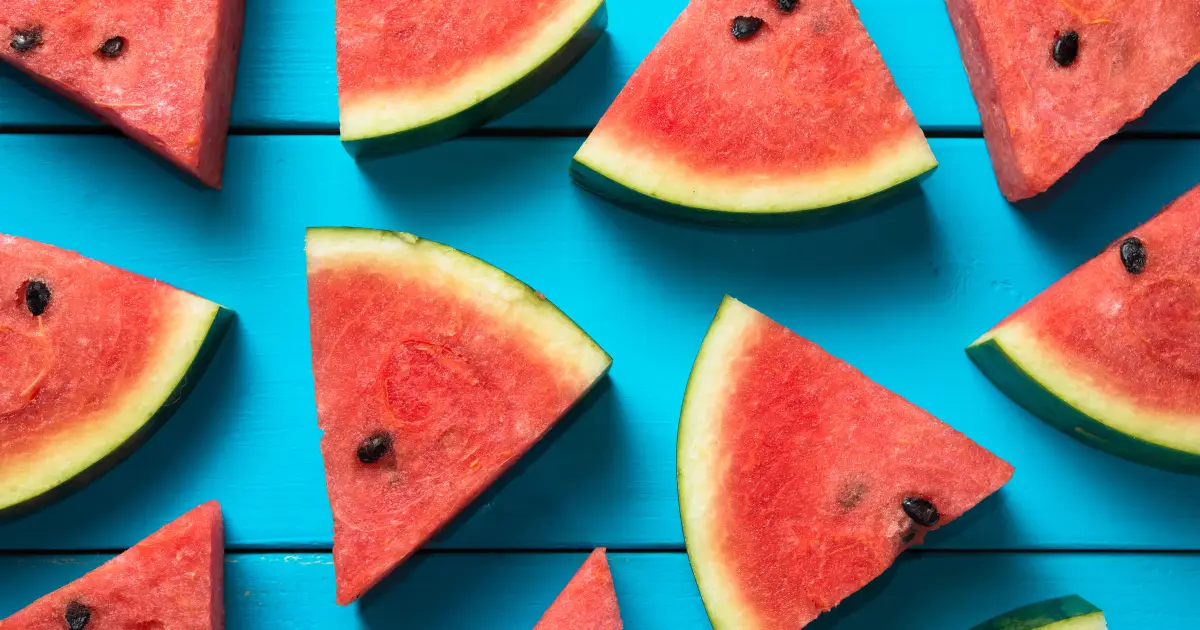
Every time you buy or harvest a watermelon, knowledge and care can ensure that you have a ripe and delicious watermelon. From checking the watermelon’s yellow belly to the pleasant hollow sound when tapped, any of these methods can help you make a better choice. Learning to recognize smell, weight and even checking the stem are tools that will add to your watermelon selection experience.
Don’t forget that each step of the process takes practice, and each time you use these techniques, you’ll improve your skills. Also, interacting with local growers and learning from their experience can make you an expert at identifying ripe watermelons.
Finally, the goal of this article is that you not only enjoy eating watermelon, but also be happy and satisfied with the process of choosing it. With this knowledge, you can be sure that you will experience a sweet and pleasant taste every time you bite into a watermelon. So go for watermelons with confidence and enjoy your smart choices. What trick do you have to choose a ripe watermelon? We will be happy to share with you.
Source Link

